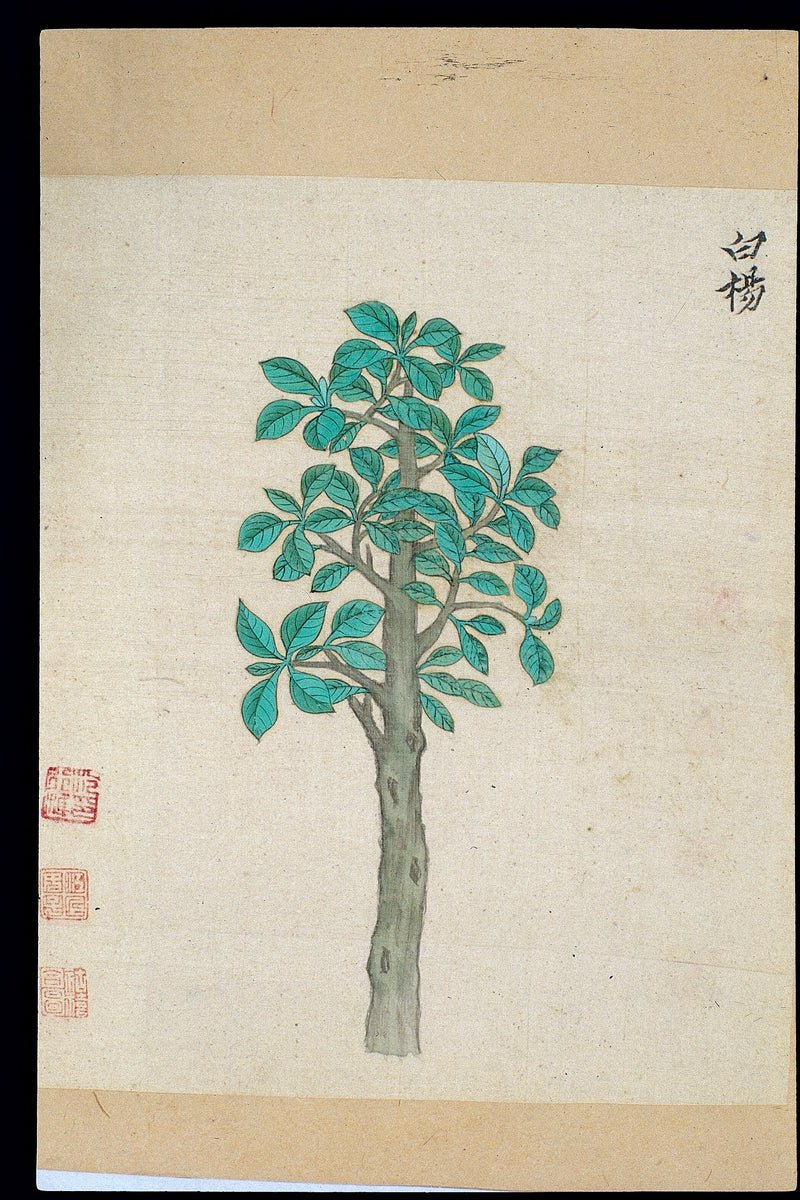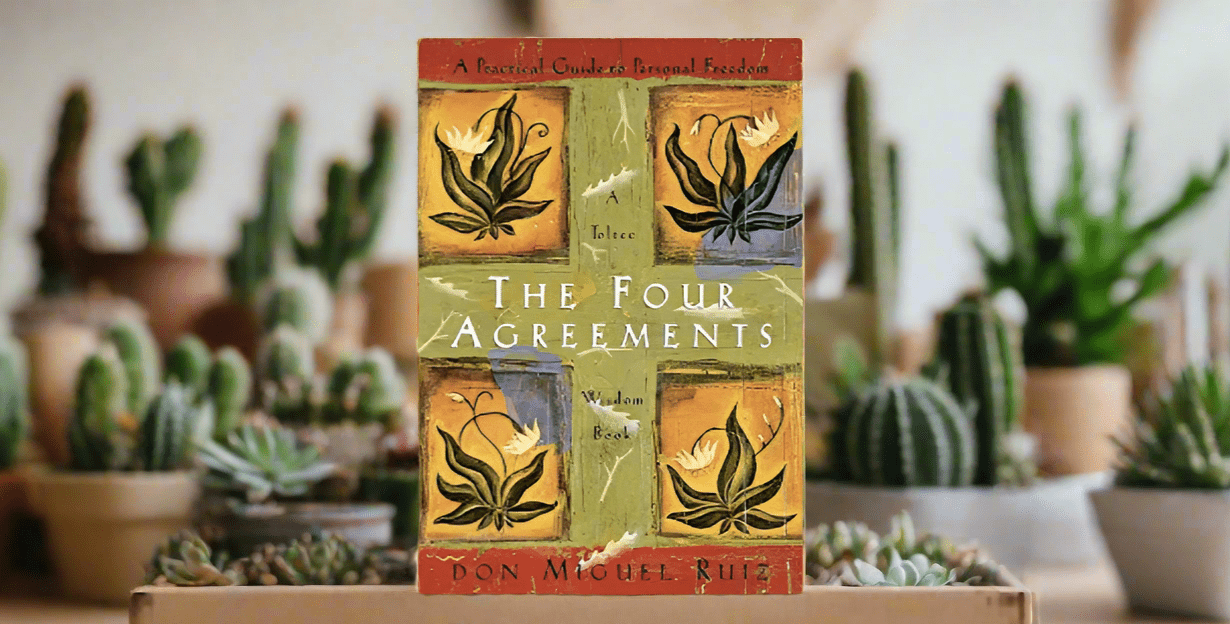Place your newly potted Ming a few feet away from a bright window (northeast is great), and leave it alone. This plant really doesn’t like being moved, so once it's settled in, hands off. The Ming Aralia can be a bit high-maintenance, but once they settle in, they’re surprisingly rewarding. Here's how to keep yours happy and healthy from the start.
Pick a Spot—and Stick With It
As mentioned, one of the biggest mistakes people make is constantly moving their Ming around. These plants really don’t like change. Once you find a cozy spot for it, let it stay there and get used to the environment. It might take a few weeks to adjust, but it’ll thank you later.
Bright But Indirect Light, Please
Despite their dramatic look, Ming Aralias don’t want to sit in the spotlight. They actually prefer gentle light—about 3 feet back from an east-facing window is perfect. Too much sun can stress them out, and too little makes them leggy and sparse.
Let’s Talk Soil
Regular potting soil? Not the best fit. Ming Aralias love fast-draining soil that doesn’t stay soggy. The best mix is about 75% orchid bark and 25% potting soil (or sandy soil). Add some perlite for ext ra drainage. This keeps their roots breathing and happy.
Watering: Tricky, But Doable
These plants are super sensitive to how much water they get. If you let them dry out too much, the leaves will fall off with just a light touch. But if you overwater, the roots can rot quickly. Try to keep the soil lightly moist—not wet, not bone dry. It’s all about balance.
Temperature Matters—A Lot
Ming Aralias do best in a steady environment. They don’t like it too hot or too cold. Try to keep the room between 65°F and 75°F. Anything above 80°F or below 60°F can cause problems, especially during sudden heat waves.
#Protip: If your plant is still in its original pot and soil without drainage holes, you might consider an upgrade. Nursery soil is made for fast growth in greenhouses, not for long-term life in your living room. Swap it out for a breathable terracotta pot or one with drainage holes, and a chunky orchid-based mix in lieu of fertilizer, for the best results.





